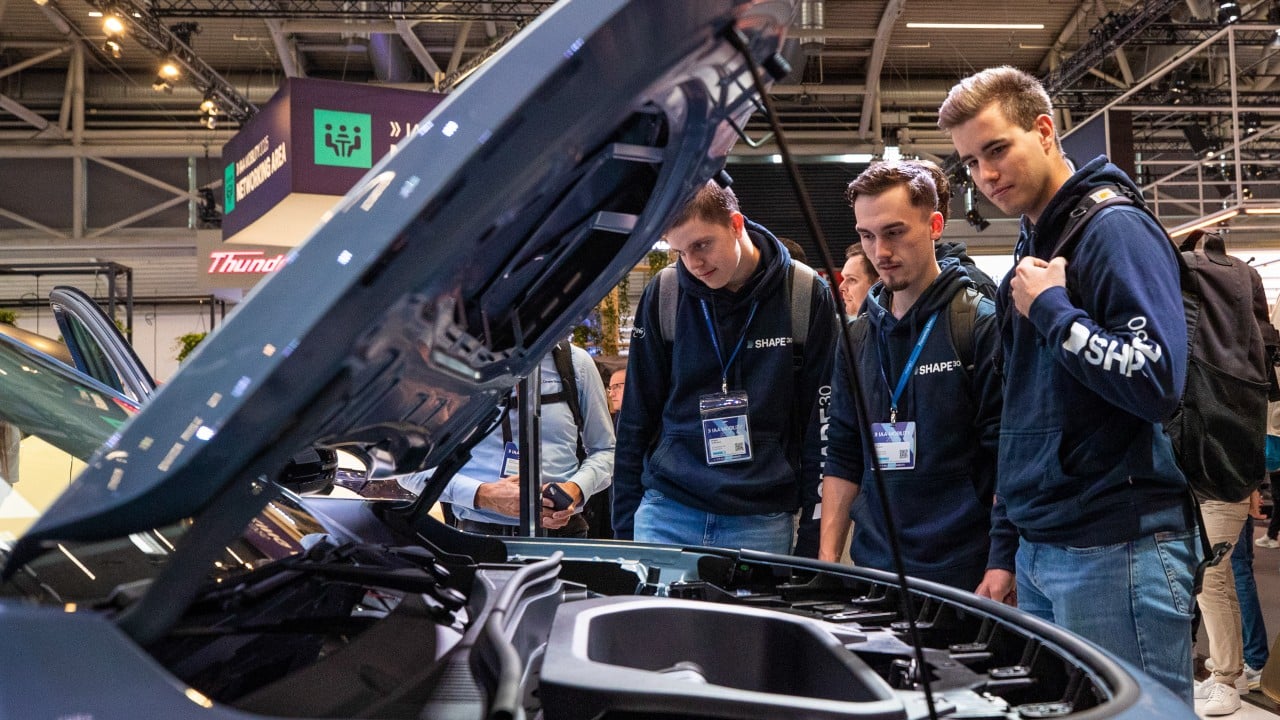There are fresh worries across Europe’s factory floors. The US has started applying steel and aluminium tariffs to a growing list of finished goods. In August, Washington added 407 new items to the tariff list. These include parts for wind turbines, cranes, bulldozers, railcars, motorcycles, marine engines, appliances and furniture.
Advertisement
It marks a shift from raw materials to the everyday components Europe sells to American buyers. Earlier in June, the White House had already doubled the tariff rate to 50 per cent on covered steel and aluminium, so any new additions will hit harder when they arrive at US ports. The legal machine is in place to keep adding categories. The US Commerce Department can open regular review windows, turning the tariff list into something that can grow quickly.
All this lands just as the European Union and China have been exploring an off-ramp to their electric vehicle (EV) fight.
In view of the US trade policy, Brussels should see that the near-term hit is not coming from Chinese EVs but from Washington’s widened “derivative” tariffs, which will significantly impact European-made parts and equipment. Brussels should reach a compromise with China to end the EV row and use the political room it buys to push back hard on the US tariff expansion that threatens European suppliers and overall climate policy.
The US tariffs affect intermediate goods, which are used in energy and transport products. These are the parts that sit between raw metal and a finished railcar or turbine. These parts are exported from Europe to the US. Because the tariff applies to any steel or aluminium inside a listed item, even a small component can trigger a 50 per cent surcharge at the border.
By negotiating a deal with China on EVs, the EU can free up political attention to deal with the US. Brussels and Beijing have already opened the door to a minimum price framework for Chinese-made EVs. This is a tool the EU has used in other sectors. It’s a framework that offers a transparent way to cool its trade dispute with China without years of legal trench warfare.
Advertisement


-smaller.jpg?itok=Os7gGWYf)